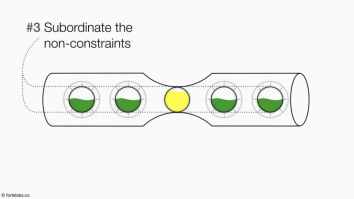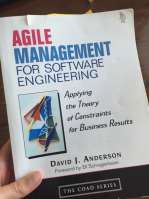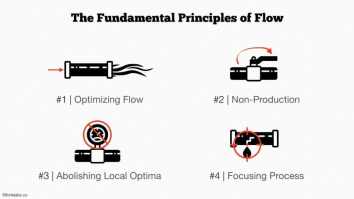
The Future of Online Learning: STEVEs (Short Tiny Exclusive Virtual Experiences)
We are, I believe, in the third wave of online learning. The first wave, known as Massive Open Online Courses (MOOCs), consisted of traditional educational institutions putting their lectures online. The bottleneck was basic tech knowledge, and the innovators of this era were those institutions able to set up a basic website, film and edit…











